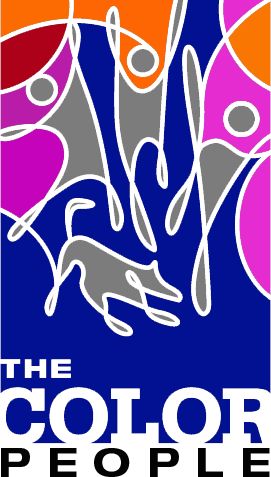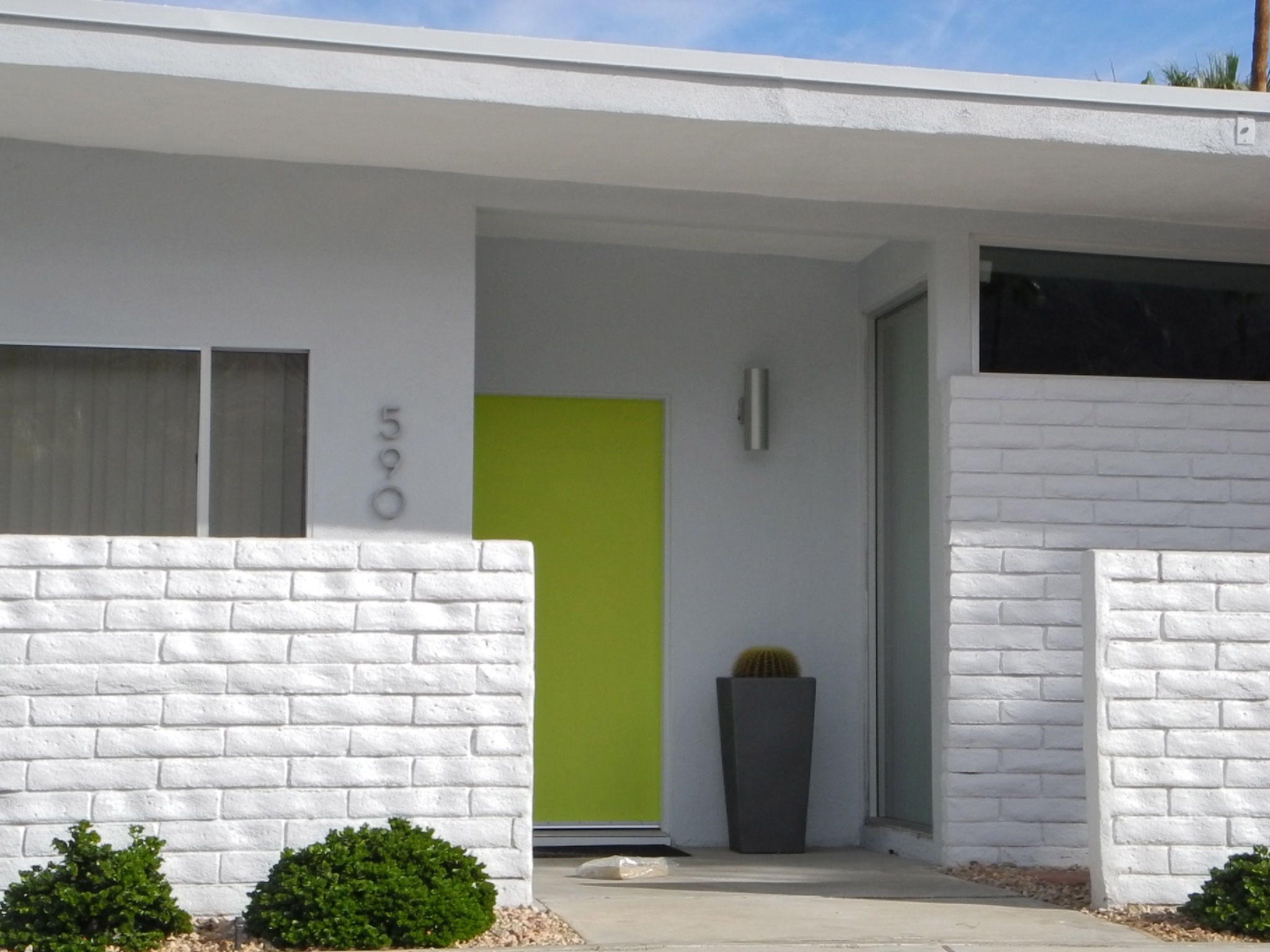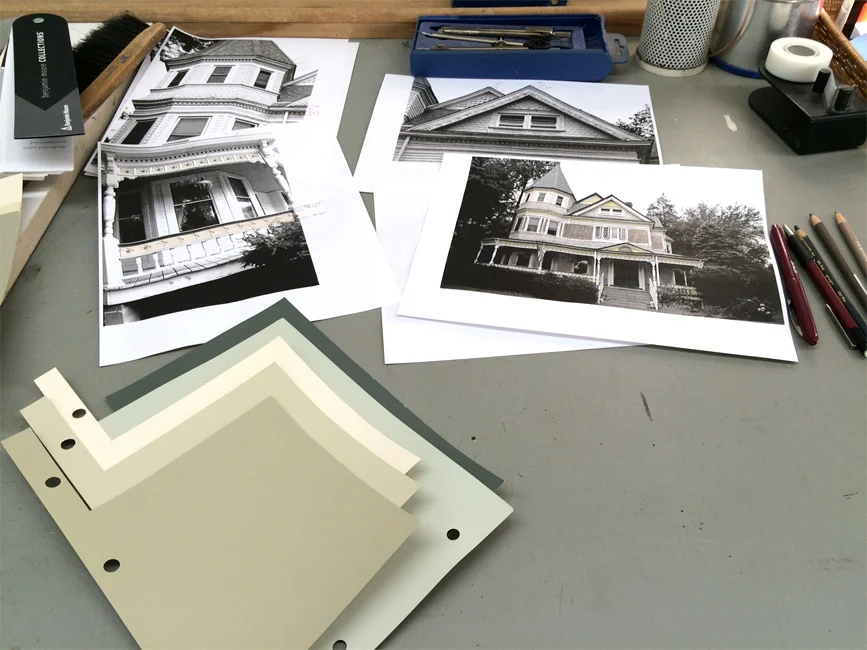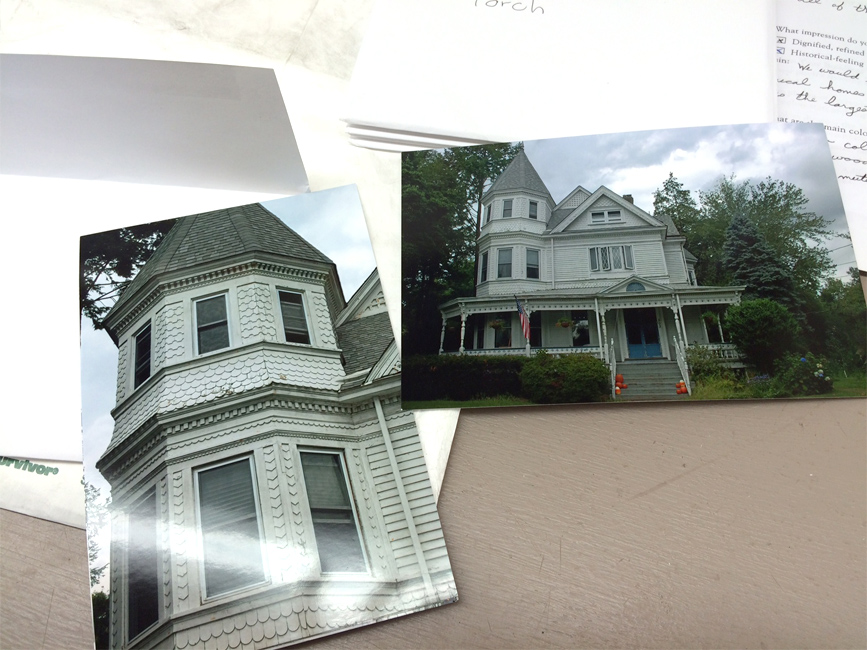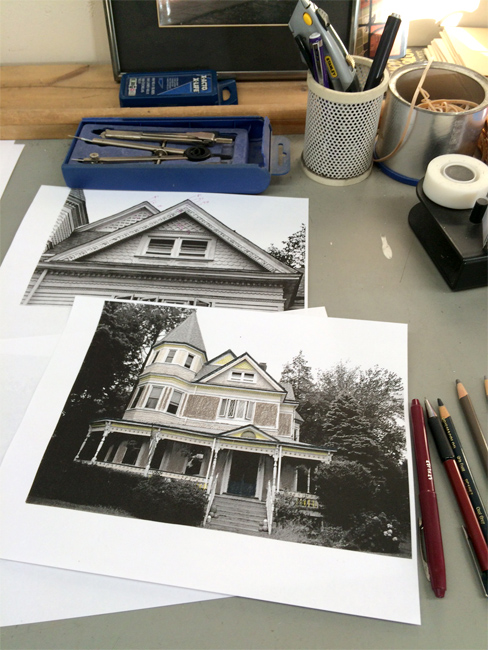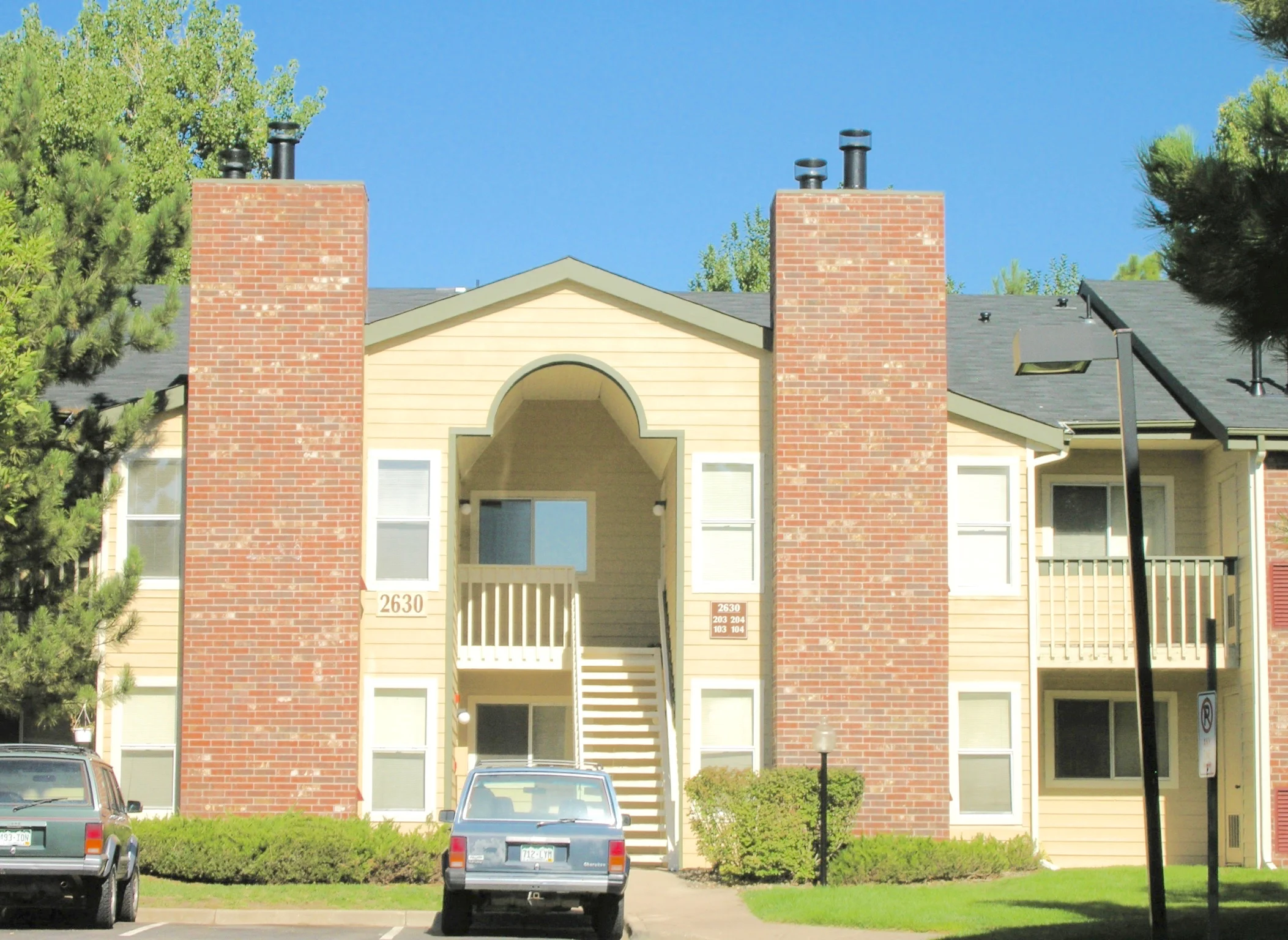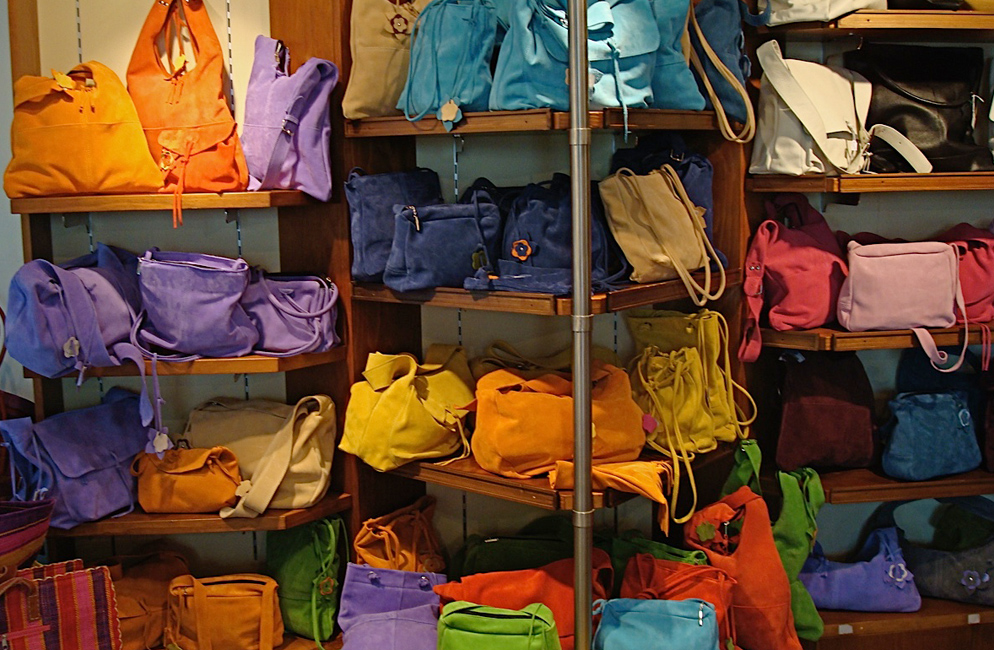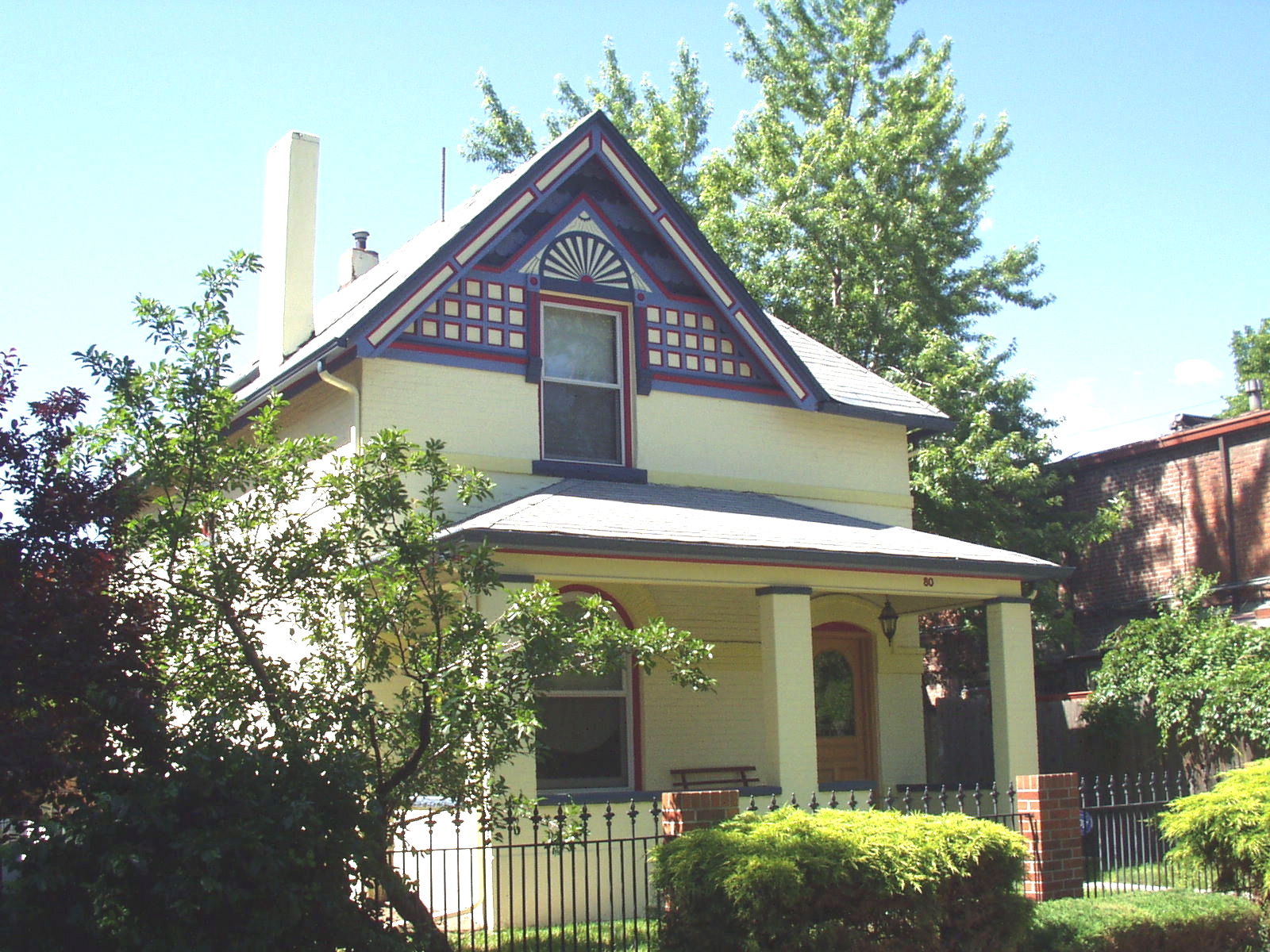What/who inspired you to work in the field of color?
My degree was in graphic design and I remember when I was taking a photography class my professor was telling me that I was a real colorist after seeing my color photos. Of course, this was exactly the wrong thing I wanted to hear at the time since I was really into being an "arty" black and white photographer. I got into this when I was renovating Victorian Houses and looking to get back to art. I started doing it on the side and gradually built up the business.
Your website bio mentions the “colorist movement.” What exactly is that?
The Colorist movement really began with the Victorian "Painted Lady," a term coined by Michael Larsen and Elizabeth Pomada, who authored a number of books celebrating these homes. The movement spread by colorists from this genre branching out and doing lots of other types of buildings. It has really influenced architects who, enslaved by the Bauhaus ethic, rarely used color at all. Now you see them using it a lot even though rarely realizing the architectural potential color allows.
Regarding color in architecture, what’s the trend?
Color itself- all colors. To reference the above question, you see a lot of mid-century revival building which is updating the mid-century modern styles of the fifties and early sixties. Also there is a lot of color blocking which is using various colors and materials to break up the facade of a building. Echoing that period of time, colors are cleaner and less muddy.
What’s yesterday’s trend?
Colors from the Victorian and Arts and Crafts revivals. Muddy, Khaki influenced colors.
What color is your kitchen?
Kind of greened yellow ochre. I really like colors that you can't fix on. You can't say, Oh, that's green!" I like colors that look different in different lights and on different days so that you would think instead of it being "green" you would not be sure if it was Khaki, or gray or yellow green. It just works and look terrific and makes your paintings look better as well as whatever else is in the room.
What is your greatest achievement in the field of color?
A few years ago just for a lark, I googled color consultants. I didn't even show up on the first page! I thought, "Wait a minute, what's up with this? I invented this gig!" I didn't know how google was structured but the point is that I really feel I helped create this blossoming of color consulting becoming a recognized profession in my small way.
What paint companies do you prefer?
I use all of them. I have my preferences but I don't want to broadcast them and seem to put other companies down. Really all paint pretty much does what it's supposed to do which is protect the substrate. The real differences are purely aesthetic.
What are some simple tips for homeowners considering fresh paint—inside and outside?
Number one is use warm colors- nobody likes a cold home. The key to making a home or room really work is the balance of trim and wall or body color. High contrast between these keeps the room or home from feeling whole. A nice blend of the two colors makes all the difference. Also use a satin finish outside. The colors are richer, shed dirt more readily, and have a tougher finish than flat.
What are your sentiments on white? White walls?
I ask my clients to take The Color People Pledge: "I will never use white again." White, especially your standard old white is inhospitable, lifeless and soul deadening. What's a shame is that architects who are rarely given any color training keep recreating this white business generation after generation. Mostly because color cannot be controlled and they want something that can be specified and come out exactly as they expect. Color is the most relative thing there is. It changes with finish, light, scale, what is next to it and just about everything else. That is the joy of color and what makes it so human.
What are the least obvious, yet most important places to consider in/on a home for color enhancements?
The more color you have, the more color you can use. If you have a room of very closely colored items it is extremely likely that most of what you add to it will not work. If a woman buys a khaki skirt and then tries to find a khaki jacket that goes with it she finds there are hundreds of shades of khaki and unless you get the right one it looks like you couldn't tell the difference. When you have colored walls and a colored couch you can have really different colors for the other objects in the room. Color really sets you free. And it makes your life much more enjoyable and satisfying as well.
